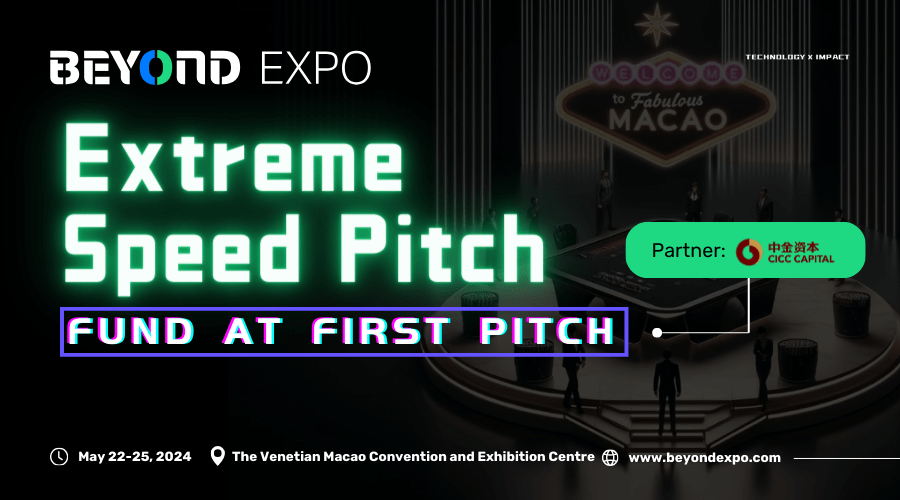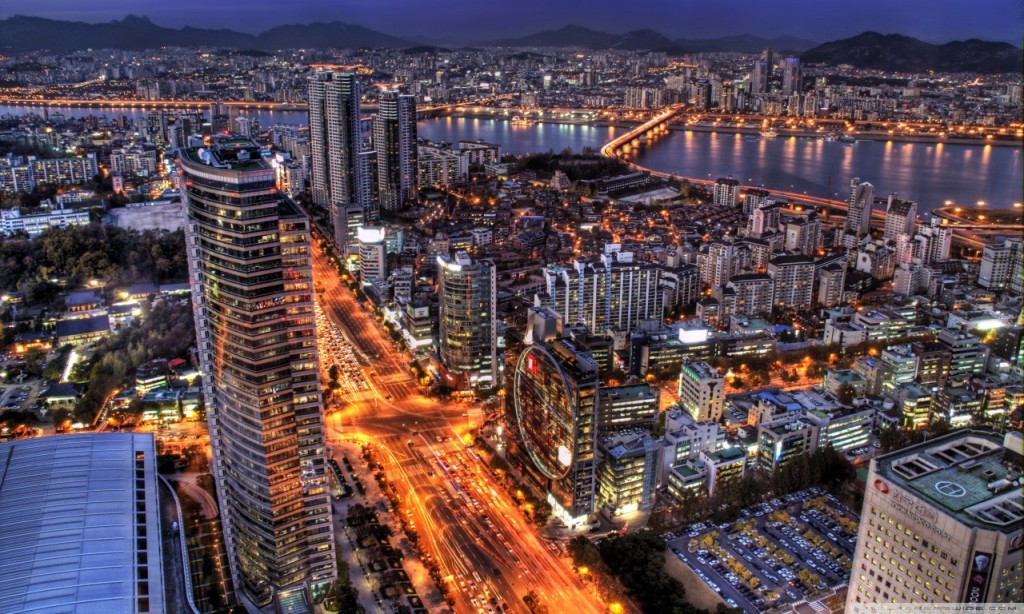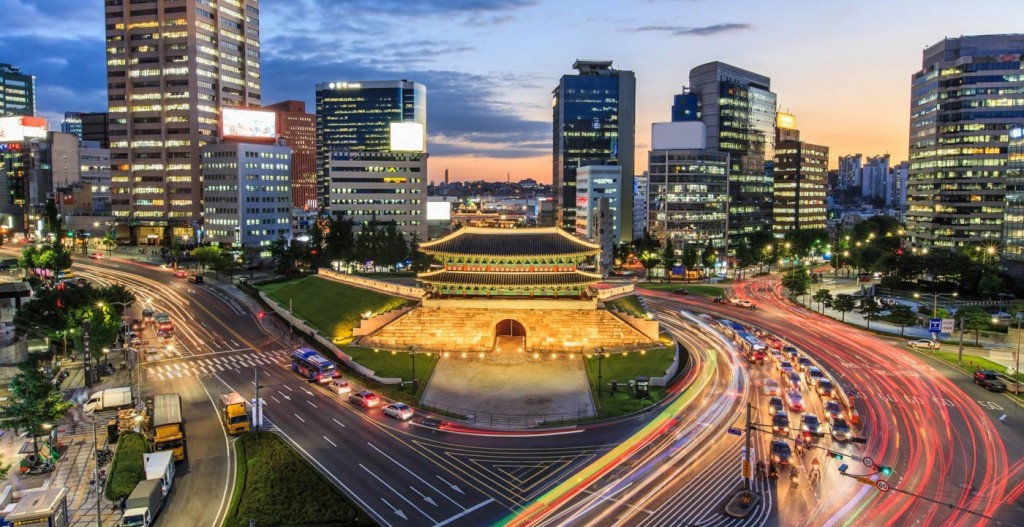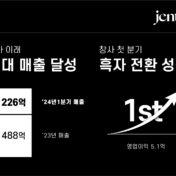Editor's note: Senior Director Corporate Development at Baedal Minjok
There is no doubt that Korea is in a revolutionary moment. In my last post, “Korea Rising”, I illustrated the unique position Korea is currently in. Leaving it with only one option: Build.
The Korean War (1950–1953) left the country in a state of utter disorder. The bustling metropolis we reside in today was but a dream when basic running water was a luxury. In a matter of 60 years though, South Korea has transitioned from a country receiving international aid to now being a significant donor to the global community.
The forefathers of Korea developed the nation into an economic powerhouse with an unrelenting fortitude and audacious vision. Now a new generation of pioneers have taken the reigns and have begun to shape Korea’s destiny with a millennial swag anchored by traditional roots.
Why will they succeed? What is it about Korea that makes it poised for entrepreneurial success?
There are 3 hallmark pillars that will define this new rising tide of startups in Korea:
- Elite Talent
- Dynamic Infrastructure
- Entrepreneurial Soul
Elite TALENT
The level of home grown talent in Korea is at a historical high. I don’t believe Korea has ever had a more educated and globally minded generation in it’s history. Korean millennials (born between the early 1980s to the early 2000s) are hyper connected, bi-lingual, and carry a level of discipline strengthened by years of rigorous academic devotion.
A staggering 98% of Korean students graduated from either a college, university or graduate institution; the highest graduation rate in the OECD. With a significant emphasis on studying abroad, students have diversified their global perspective and presence. They have acquired a sharp acumen of the world and recognize that they are not at the center of it, breeding a sense of charismatic humility which I believe leave them ripe for global leadership.
If there was one single contributor to Korea’s meteoric rise in a single generation, the guiding light was their devotion to education. According to the Korean Ministry of Education, South Koreans spent nearly $20 billion on private tuition. Hagwons (private tutoring academies) have become mental gyms, and the country has produced a generation of ‘mind building’ Mr. Olympias. These brains are the envy of the world.
Their dedication to education is real and the results are nothing short of perfection. South Korea now ranks #1 in cognitive skills and educational attainment according to Pearson, while the U.S. ranks at 14.
Currently, the United States spends more than other developed nations on its students’ education, but it’s students still lag far behind those of other nations, especially in math and science. This is an important point. Engineers have become the currency of wealth in this internet era, and Korea couldn’t be more fortunate to have an army of digital architects. While the U.S. is in the midst of an immigration battle to retain foreign born engineering talent, Korea has an organic supply.
Silicon Valley executives — namely the late Steve Jobs and Mark Zuckerberg — have repeatedly argued that there aren’t enough American-born math and science graduates to fill the current engineering jobs within many of the tech titans of the valley. FWD.us was an organization developed by executives and founders of companies such as Google, LinkedIn, and Facebook to advocate for increased H1-B visas in order to retain top tier talent. While the US is facing an ‘immigration exodus’ of highly skilled talent, Korea faces the exact opposite.
An early generational investment towards math and science education has left the country with a matrix of highly skilled developers. With a keen sense of global cool, engineers in Korea are poised to define and construct the next big thing. Toss in a beautifully volatile dose of creativity onto this stockpile of talent and the results will be brilliantly combustible.
Korea has never had a more educated and talented generation in it’s history.
Dynamic INFRASTRUCTURE
I.
Having grown up in the Bay Area all my life, and living the last 8 in San Francisco, I thought I knew what a hyper connected modern city looked like. That is, until I moved to Seoul.
Labeled as the “Tech Capital” of the world, San Francisco boasts itself as a cutting edge city where the future isn’t just being built but experienced. This 7x7 mecca is stunning and it’s magnetic draw for pulling in global entrepreneurs is unmatched, but the differences in infrastructure are glaring. When it comes to digital connection and public transportation; two necessities for a modern economy to thrive, Seoul leads the way.
South Korea is the most connected country in the world with 95% of the country covered in wi-fi. Not Seoul, the country. With average wireless speeds at 300 megabits per second, citizens can download an 800-megabyte movie on their phone or tablet in just 22 seconds. Further, the Korean government is wiring every household with 1 gigabit-per second connection — which would make it two hundred times faster than the average Internet connection in the United States. Korea is the undisputed global leader when it comes to broadband speed.
Contrast this with San Francisco, where the Mayor and city supervisors enthusiastically celebrate the passage of a major milestone when public parks or a short stretch of Market St. attain wi-fi access. Having commuted to Silicon Valley from SF for 3 years, it was always surprising that even Caltrain, the main train system that shuttled tech employees to the land of Facebook, Google and LinkedIn, didn’t have a public wi-fi connection.
In Seoul even the labyrinth of underground subway systems are mobile paradises. Wireless broadband antennas (WiBro)are spread out at 300 to 400 meter intervals in the tunnels and stations offering 4 megabits per second. Further, every subway car has 2 wi-fi hotspots so connectivity is never lost. Hundreds of thousands of riders can simultaneously stream tv shows, movies, baseball games, etc. 50–100 feet below ground or water without a glitch. In the Bay Area attempting to watch a YouTube video on MUNI, Bart, Caltrain or on one of the many tech shuttle buses without buffering is hit or miss.
But why is this hyper connectivity important? The world has moved mobile; 80 million mobile phone users in 1995 to a whopping 5.2 billion today. Further, more than half of the world’s internet users are in Asia with the U.S. at 10%. Having an up to date digital infrastructure that can handle sophisticated applications for the Asian market will be key for the success of any technology company moving forward.
South Korea has the 4th highest smartphone penetration rate globally. Nearly 4 out of 5 people in Korea own a smartphone so when applications catch fire here they explode in popularity with fellow Asian countries catching note. This intelligent technical infrastructure will allow for quick consumer consumption of new services and offer a direct pipeline to neighboring Asian countries.
Internet speeds alone won’t be the game changing factor for the success of Korean startups, but having a paved highway over a dirt road certainly doesn’t hurt. This digital infrastructure will allow entrepreneurs to innovate and distribute new tools to the masses at high voltage.
Elon Musk dreams of a hyper loop. The broadband version exists: Korea.
II.
I was late. Not because I had overslept or because I didn’t leave early enough. I was late because my bus made a normal right turn. My bus lost the battle to it’s daily nemesis, the street.
The MUNI driver fumbled on his leather gloves as he grudgingly stumbled out of the bus. The power cable connecting the bus to it’s track had become disconnected. A sigh swept over the bus as passengers bore down into their cell phones with a rising annoyance. Sadly this wasn’t the first time they had experienced this. Staring out the back window, watching the bus driver play ‘operation’ with the cable, I pondered if this was really the tech mecca it proclaimed to be.
Cities need efficient arteries to properly move the economy. Highways, transportation systems and passageways need to be cleared of city plaque to allow for the free movement of economic cells. When this flow is blocked, the heart of the city fails to feed off it’s human energy and simply collapses. Sadly there is no app that can magically fix this. It’s a concerted city effort to quickly diagnose and maintain a healthy city body for continued growth. What good is an on-demand economy if nothing can be on demand?
Seoul has been dubbed “the city of the future”, but I would argue it’s simply a city utilizing modern day achievements at maximum potential. New York and San Francisco could have broadband wi-fi blanket the city but they don’t. LA could have a modern and clean public transportation system but they don’t. The US could have more universities than prisons but it doesn’t. Buses don’t need to fail when making right turns..
These technologies and most importantly the knowledge of modern city development is not relegated to just Korea. Seoul has simply done what other cities should naturally do. Develop with the cities’ future in mind, not that of a minority political clog. The entrepreneurial arteries are clean, the flow of information accelerates forward, and the runway for growth is lined up.
Seoul isn’t a mecca for startups, it’s a platform for opportunity.
Entrepreneurial SOUL
Tears began to fill her eyes; a well of sorrow. As a young girl, she had always dreamed about her wedding. A surreal day celebrating with friends and family. A defining moment in her life. She had cherished the ring her husband had bestowed upon her that day; recollecting the warmth of his palm. More than a symbol of their love, it was a token of their future. Happiness. Dreams. Today, hands trembling from the cold of anguish, she was donating this treasure to her country.
The 1997 Asian Financial Crisis (IMF Crisis) left Korea on the verge of economic collapse. Businesses were vastly indebted, banks were over-leveraged, and its financial system was void of any true value. Due to the near depletion of its foreign exchange reserves, this economic pesticide began to wipe out big banks and large conglomerates like the plague. Massive layoffs left citizens in a disenchanted haze and markets barren.
Then, something happened. An absolutely extraordinary sight.
South Koreans began to queue in line for hours to donate their most cherished possessions; couples donated gold wedding rings, athletes contributed medals and trophies, and shop owners handed over precious gold “luck” keys (a traditional present on the opening of a new business or a 60th birthday). Within a week of this gold drive nearly 8 metric tons were privately donated. This incredible sacrifice was done as a grassroots gesture of support for their beleaguered economy and to replenish the national treasury.
Four years later, 3 years ahead of schedule, South Korea repaid the entire loan. The IMF Crisis gave us a glaring glimpse of the backbone of this nation. Economists have cited South Korea as an exemplary nation when discussing solutions for Europe’s current debt crisis (Greece). When boxed into a corner, the people of Korea fight. They don’t limp into a hand; they go all-in.
When one reflects upon the Korean people, there is a lineage of two traits that have been instrumental for the development of their entrepreneurial soul: Unity and Sacrifice.
Unity for a common goal and deep sacrifice for an ultimate vision.
More so than investment capital, startup incubators, unicorn ideas, or rockstar venture capitalists, startup ecosystems thrive off of a rebellious belief that “I will not surrender.” When one peers into the hearts of Silicon Valley successes, the common thread that links them all is a never-die attitude. Entrepreneurs like Travis Kalanick and Reid Hoffman simply never give up.
Startups are glorious engines for economic growth, but success rarely comes easy. Long nights, hopeless moments, and frustrating problems litter the road to glory. The enduring variable for success is never the idea, money or even high speed internet. It’s downright grit, and the ability to truly sacrifice your comforts for a larger vision. How much are you willing to give up for the greater goal? Koreans have proven time and time again, that their entrepreneurial soul was ingrained with the habit of selfless sacrifice for the true win.
Some of Korea’s most lucrative global successes were shockingly born from the somber IMF Crisis period. Kpop, information technology, the Korean entertainment industry (dramas, films and movies) and video gaming phenomenon arose from this era when the world was betting against it. If Korea did this from the grounds of a crisis, imagine what it can achieve today…
There’s nothing half-assed about Korean entrepreneurs, and their formidable work ethic based on Unity and Sacrifice will be the linchpin of the Korean startup dragon.
Entrepreneurs don’t flock to Korea. They are born here.
*****
In my next piece I will explore, what I believe to be, the most important factor for Korea to endure. Not just within the startup space but as a country. While all signs say ‘Go!’ for Korea, this one single element may cripple the future for this nation.







